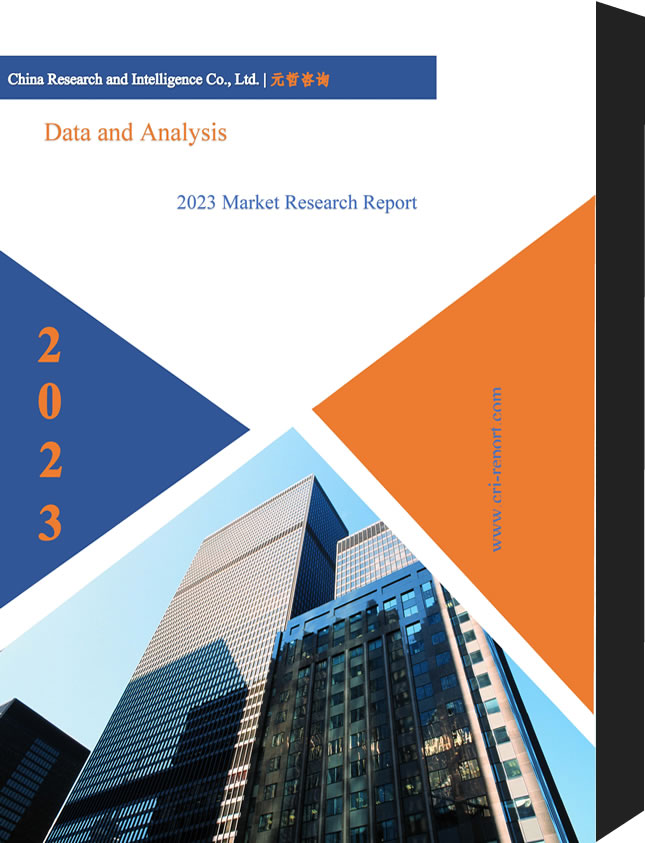Description
Evolving Deep Space Technologies Market Overview
In terms of value, the evolving deep space technologies market was valued at $7,509.0 million in 2021 and is projected to be valued at $1,039.3 million by 2032. Evolving deep space technologies market is expected to be driven by an increase in the number of missions, emergence of public and private space industries, huge technological investment, and funding by the government space agencies, among other factors.
Market Lifecycle Stage
Evolving deep space technologies have gained significant importance between 2019-2022. The space industry is continuously innovating and developing advanced technologies with the objective of increasing the demand for deep space exploration. Over the past few years, the development of advanced technologies and other operational techniques, including reusable launch vehicles, sustainable technologies, human and robotic servicing, and autonomous space operations, has been accelerated due to the integration of these technologies with deep learning and artificial intelligence (AI) capabilities. The evolution in deep space navigation and guidance techniques and the development of artificial intelligence (AI) technologies are driving the evolving deep space technologies market growth across sectors.
Impact
Deep space exploration has reached great advancement in a variety of fields, including those related to energy and the environment, consumer products, transportation, consumer services, information technology, and industrial uses. The major challenge in developing deep space technologies is that the cost associated with the manufacturing of space platforms and components is very high. The numerous levels of research, evaluation, testing, reviews, and documentation according to the set standards at each stage of manufacturing system components are expensive and time-consuming. Additionally, insufficient power backup for deep space missions is another challenge. Moreover, deep space missions are not recurring every year. This results in the declining demand of the evolving deep space technologies market.
Market Segmentation
Segmentation 1: by Application
• Moon Exploration
• Mars Exploration
• Asteroid Exploration
• Other (Planetary Exploration)
Based on application, evolving deep space technologies market is expected to be dominated by the other planetary exploration segment.
Segmentation 2: by End User
• Commercial
• Government
Based on end user, evolving deep space technologies market is expected to be dominated by the government segment.
Segmentation 3: by Technology
• Launch Vehicles
• Landers
• Orbiters
• Robotic Rovers
• Space Probes
Based on technology type, the evolving deep space technologies market is expected to be dominated by orbiter segment during the forecast period.
Segmentation 4: by Mission
• Crewed Mission
• Uncrewed Mission
Segmentation 5: by Region
• North America – U.S. and Canada
• Europe – France, Germany, U.K., and Rest-of-Europe
• Asia-Pacific – China, Japan, India, and Rest-of-Asia-Pacific
• Rest-of-the-World – Middle East and Africa, and South America
North America accounted for a higher share because the maximum number of companies are present in the region, along with the large contribution of the U.S. government toward the space budget, which helps in developing and enhancing the region’s space sector in terms of deep space explorations.
Recent Developments in the Evolving Deep Space Technologies Market
• On 22 November 2022, ispace inc., an aerospace company developing robotic spacecraft technologies, launched its lunar landing mission, named Hakuto-R Mission1. This mission carried commercial and government payloads, including two lunar rovers, Rashid, and the Japanese Lunar Excursion Vehicle.
• In August 2022, The NASA Small Business Innovation Research (SBIR) Sequential Phase II program selected Astrobotic to develop, test, and fly lunar night survival and communication technologies onboard its Cube Rover platform.
• On 28 June 2022, Rocket Lab, a leading launch and space systems company, launched NASA’s Cislunar Autonomous Positioning System Technology Operations and Navigation Experiment (CAPSTONE) spacecraft. This mission aims to verify the orbital stability of a Near Rectilinear Halo Orbit around the Moon, which is the same orbit planned for Gateway.
• In May 2022, The European Space Agency (ESA) awarded a contract worth $490 million to Airbus to further develop and build LISA Pathfinder. Now the mission is in phase B1, and all technological advancements are planned to be completed by 2024.
• In April 2022, Northrop Grumman Corporation partnered with the National Aeronautics and Space Administration (NASA) for the development of the James Webb Space Telescope.
• In April 2022, Firefly Aerospace completed Integration Readiness Review (IRR) of its Blue Ghost Lunar Lander. IRR test was completed just after six months of Critical Design Review (CDR).
• On 15 February 2022, Lockheed Martin Corporation received three contracts worth $ 231.6 million from the National Aeronautics and Space Administration (NASA) for the visionary Mars Sample Return program and for building the space rocket named Mars Ascent Vehicle (MAV).
• On 10 February 2022, GITAI, a space robotics start-up, announced the development of its advanced lunar robotic rover, “R1” that can perform general-purpose tasks on the Moon such as exploration, mining, inspection, maintenance, and assembly.
Demand – Drivers and Limitations
Following are the drivers for evolving deep space technologies market:
• Increasing Efforts for Deep Space Exploration Missions by Government and Commercial Entities
• Utilization of Artificial Intelligence (AI) and Robotics in Space Technologies
Following are the challenges for evolving deep space technologies market:
• Insufficient Power Backup for Deep Space Missions
• High Cost Associated with Deep Space Technology Components
Following are the opportunities for evolving deep space technologies market:
• Entrance of Non-Space Participants into the Space Industry
• In-Situ Resource Utilization for Further Deep Space Exploration
How can this report add value to an organization?
Platform/Innovation Strategy: The product segment helps the reader to understand the different types of evolving deep space technologies in the industry to conduct planetary explorations as well as human spaceflight and habitation explorations. Moreover, the study provides the reader with a detailed understanding of the different deep-space technologies such as orbiters, landers, robotic rovers, space drones, and launch vehicles.
Growth/Marketing Strategy: Evolving deep space technologies market has seen major development activities by key players operating in the market, such as business expansion activities, contracts, mergers, partnerships, collaborations, and joint ventures. The favored strategy for the companies has been contracts to strengthen their position in evolving deep space technologies market. For instance, on 19 April 2022, the European Space Agency (ESA) awarded a contract worth $490 million to Airbus to further develop and build LISA Pathfinder. Now the mission is in phase B1, and all technological advancements are planned to be completed by 2024. Furthermore, in September 2022, Axiom Space was awarded a $228 million contract to develop space suits for the Artemis-3 mission.
Competitive Strategy: Key players in evolving deep space technologies market analyzed and profiled in the study involve deep space technologies manufacturers that offer orbiters, landers, rovers, and space probes technologies to explore the planets. Moreover, a detailed competitive benchmarking of the players operating in evolving deep space technologies market offers advanced technologies such as surface habitat module and airlock module that generates new possibilities for robotic scientific missions. Additionally, comprehensive competitive strategies such as contracts, partnerships, agreements, acquisitions, and collaborations will aid the reader in understanding the untapped revenue pockets in the market.
Key Market Players and Competition Synopsis
The companies that are profiled have been selected based on inputs gathered from primary experts and analysis of the company’s market coverage, product portfolio, and market penetration.
In 2021, the top segment players leading the market included established players, constituting 54% of the presence in the market. Emerging market participants include start-up entities that account for approximately 46% of the presence in the market.
Key Companies Profiled
• Lockheed Martin Corporation
• Northrop Grumman Corporation
• Thales Alenia Space
• Boeing
• Airbus
• Astrobotic Technology
• Maxar Technologies
• Firefly Aerospace
• Intuitive Machines
• Redwire Corporation
• GITAI
• Lunar Outpost
• ispace
• Mu Space
• Axiom Space





Reviews
There are no reviews yet.